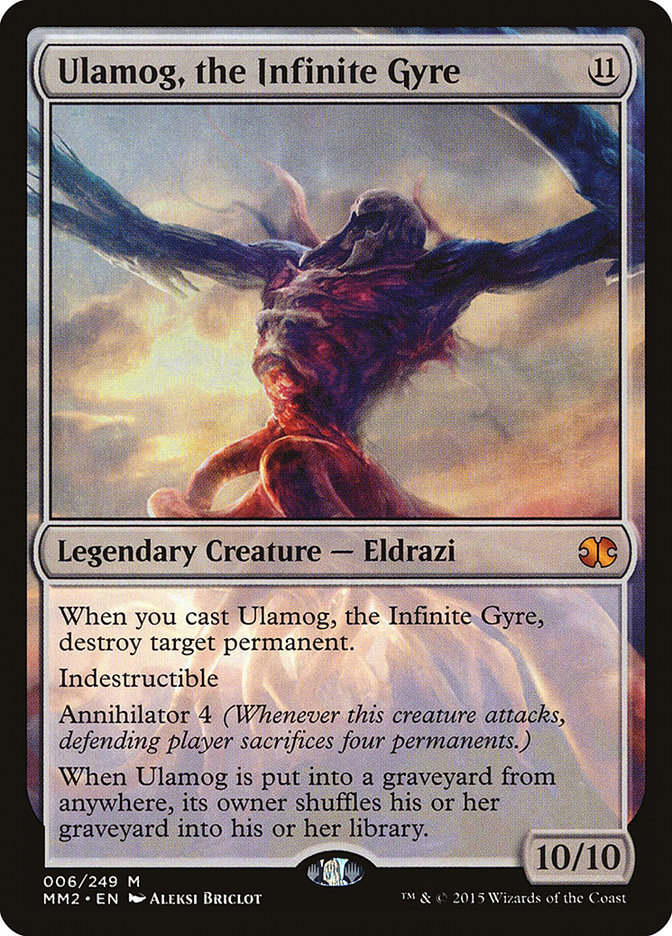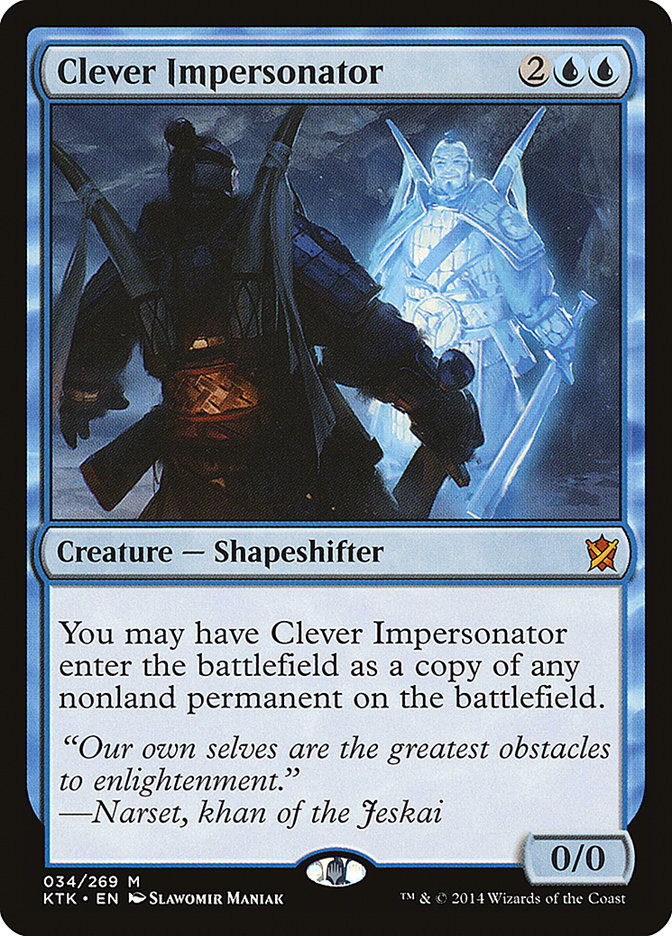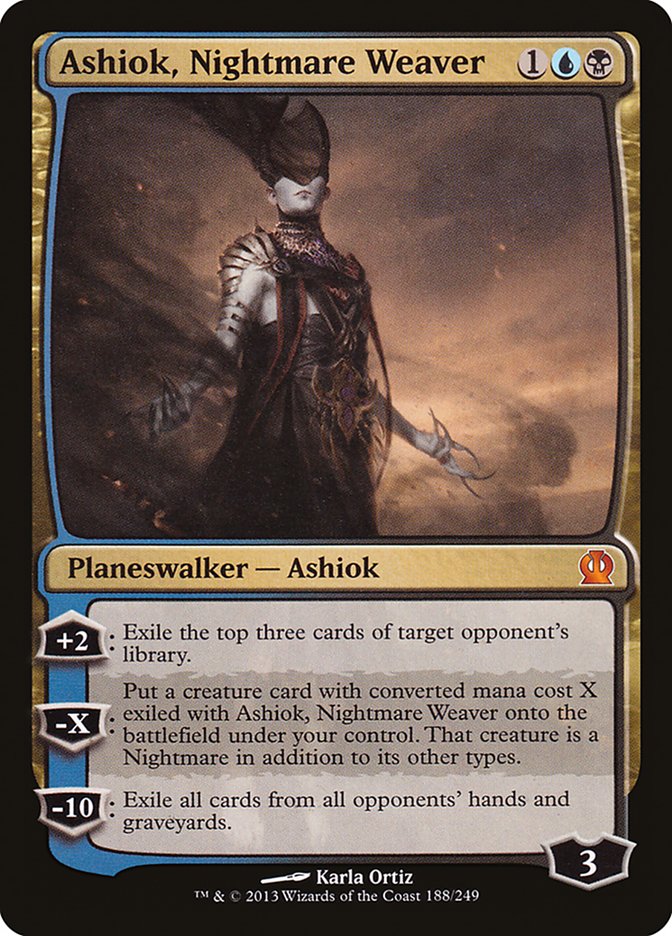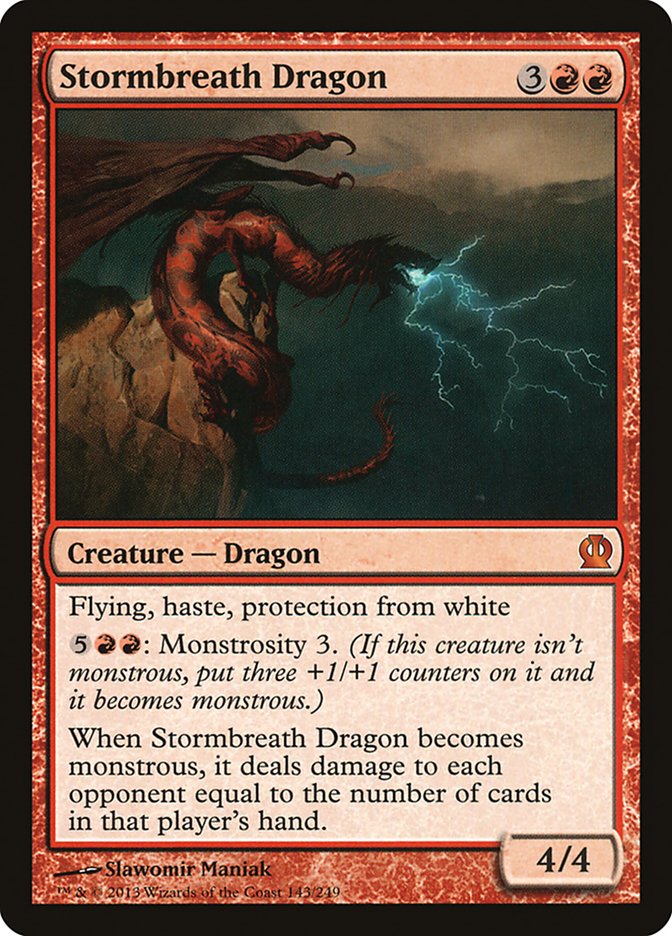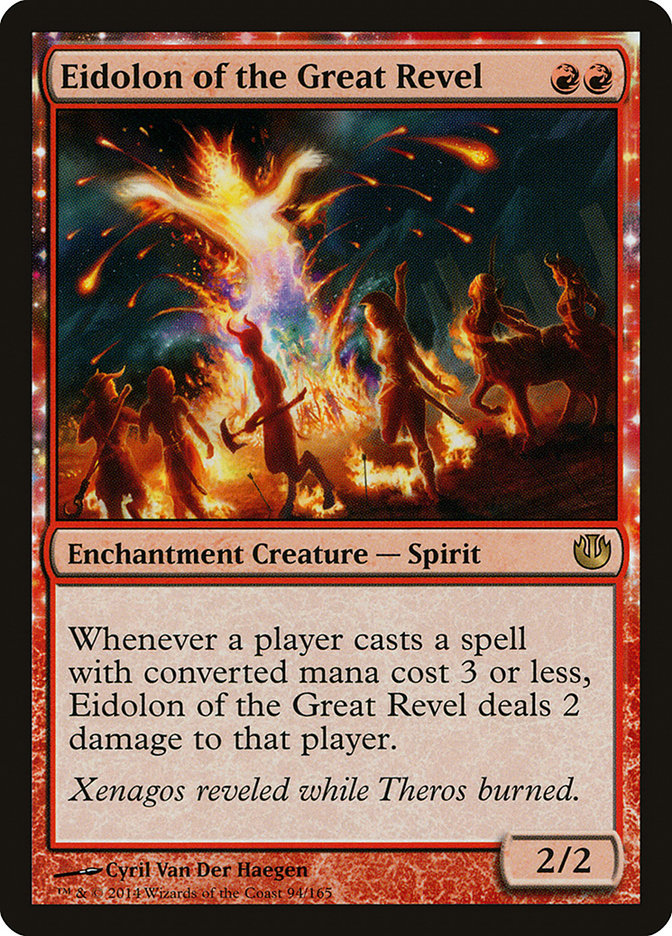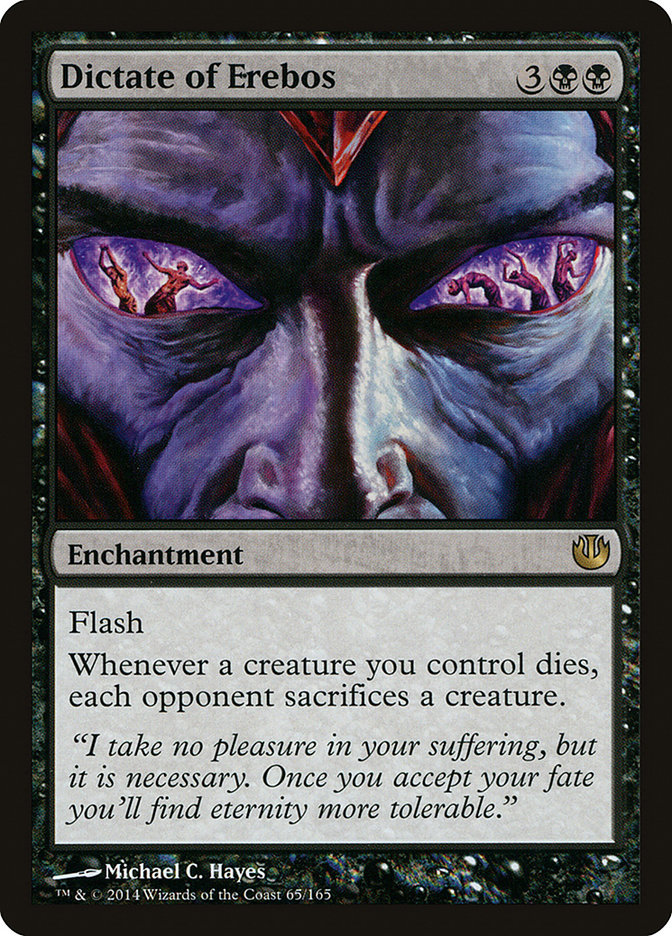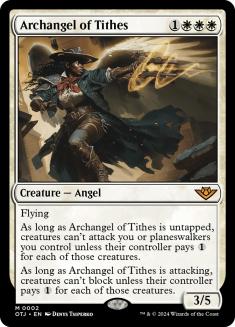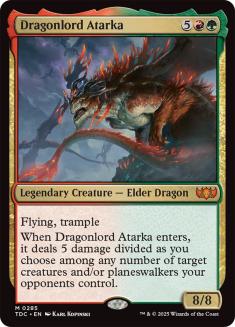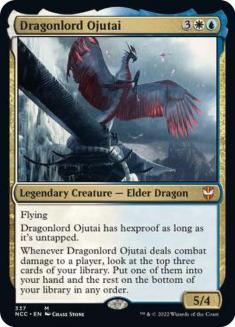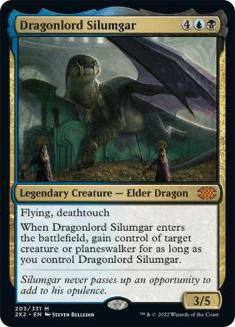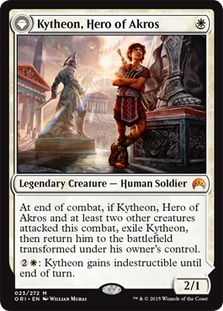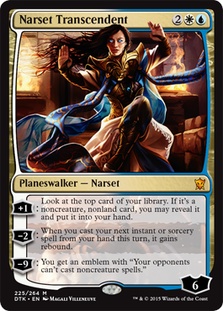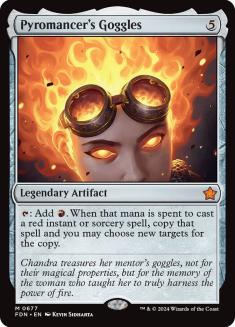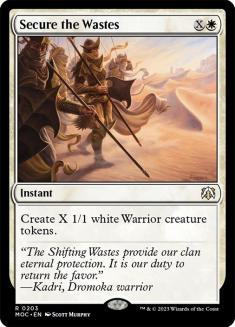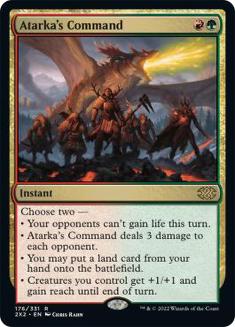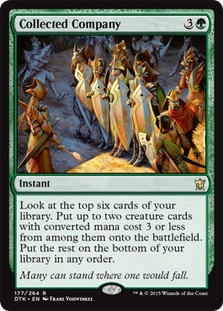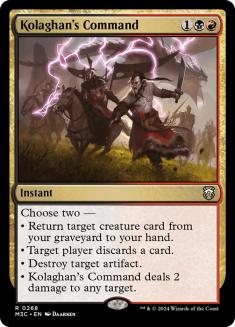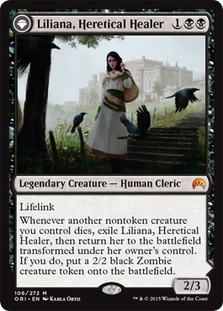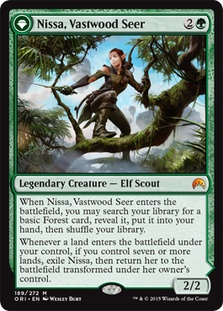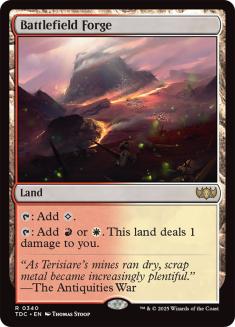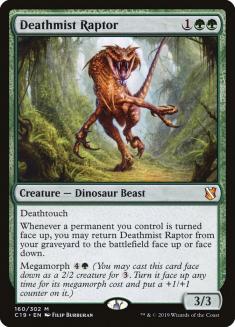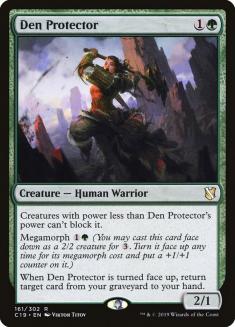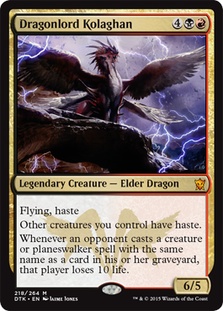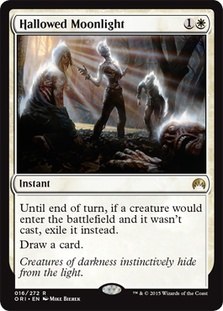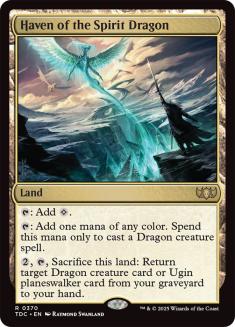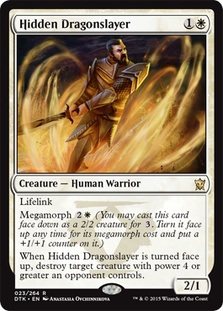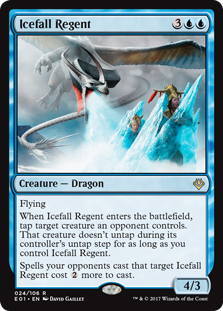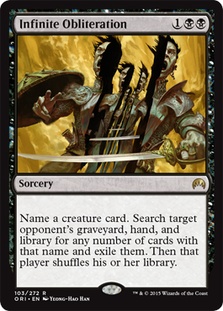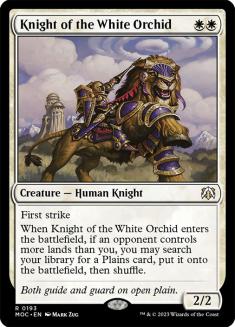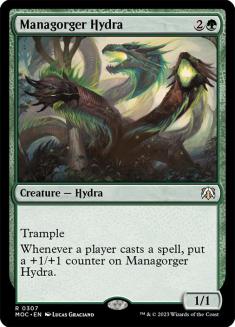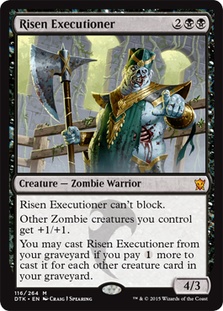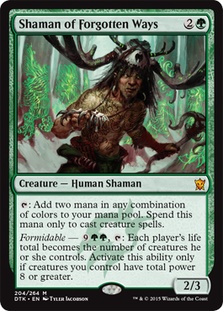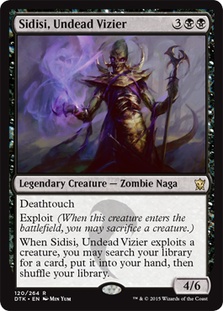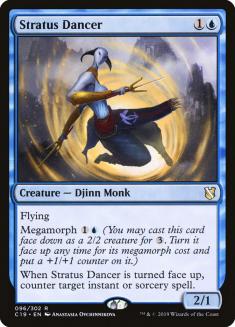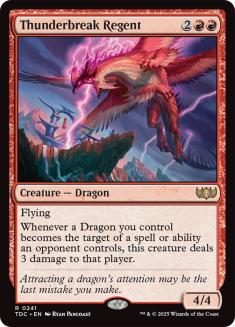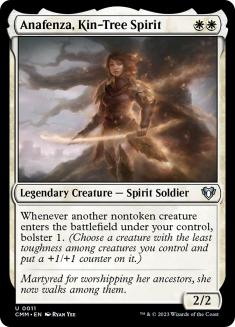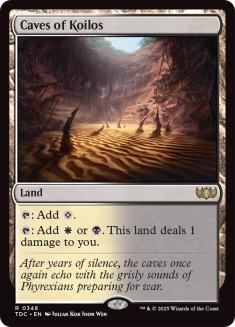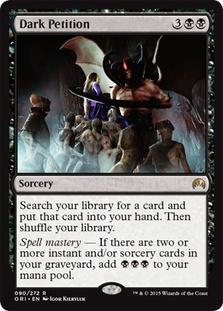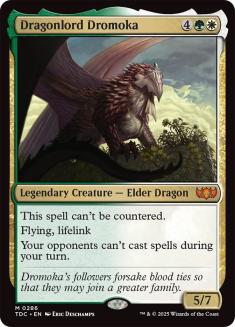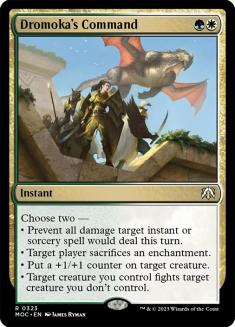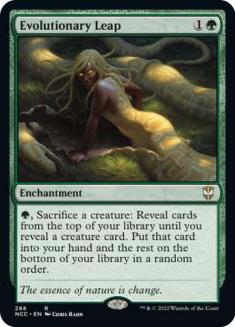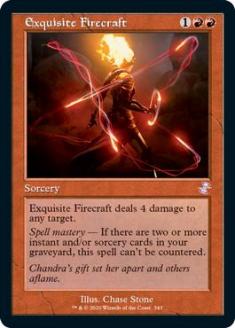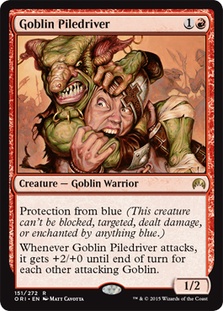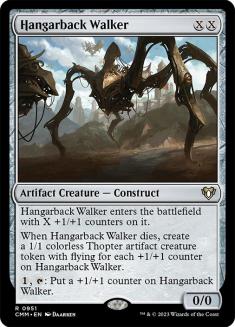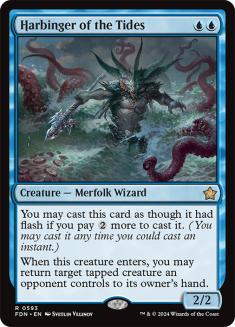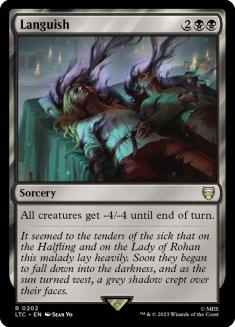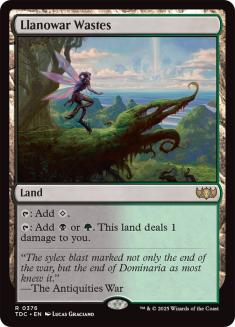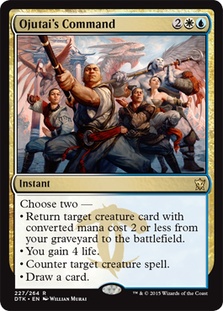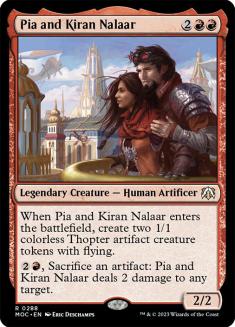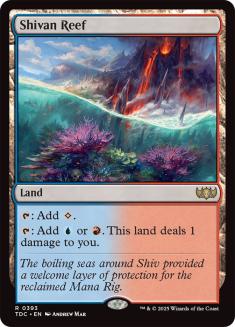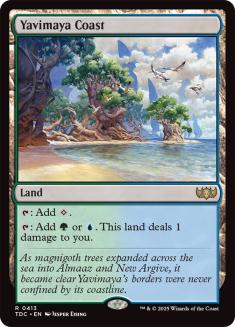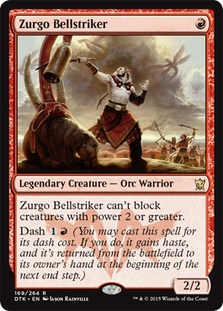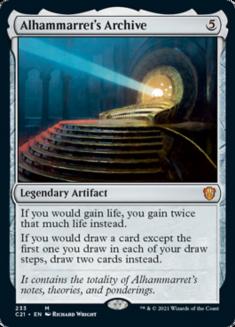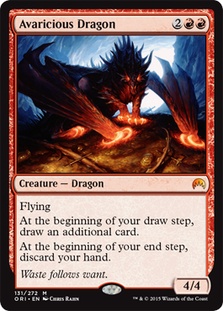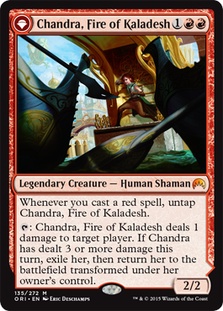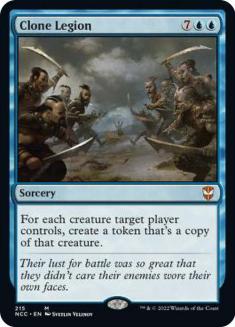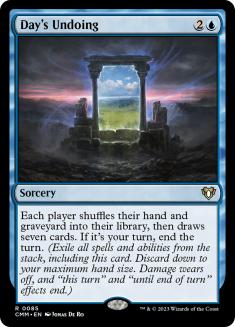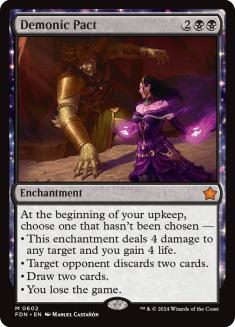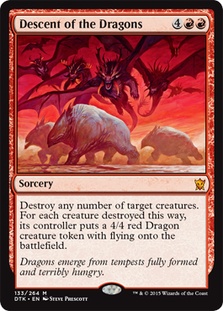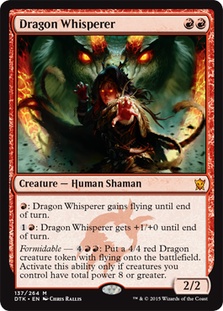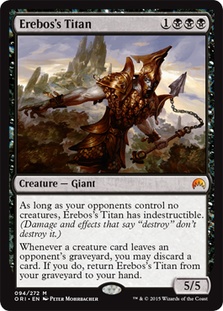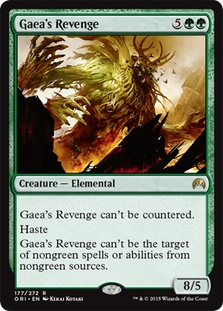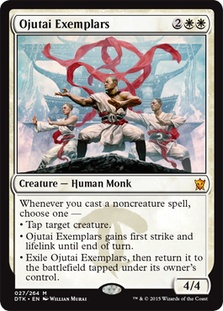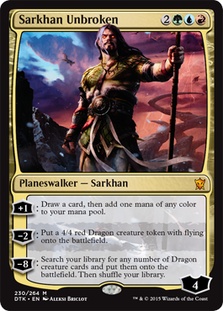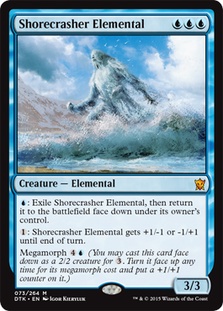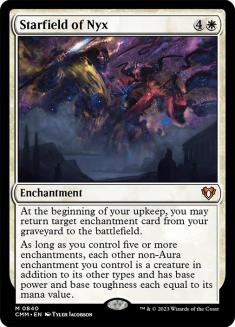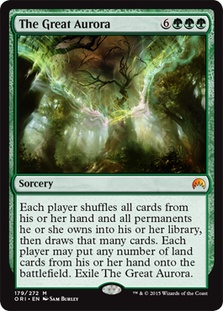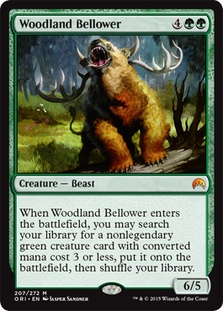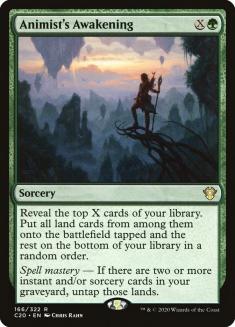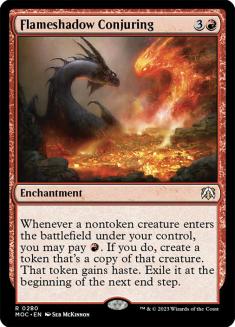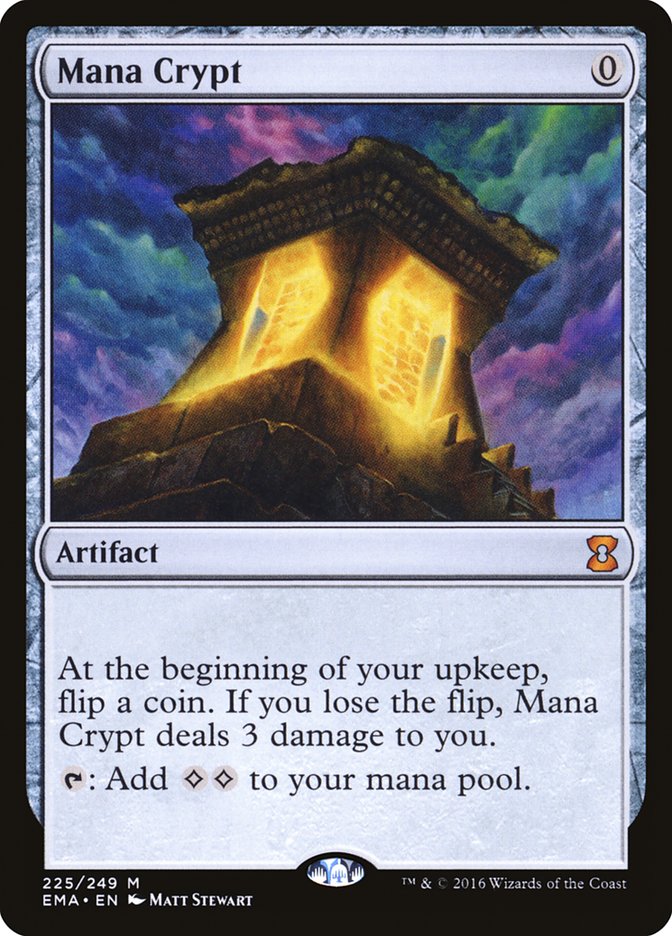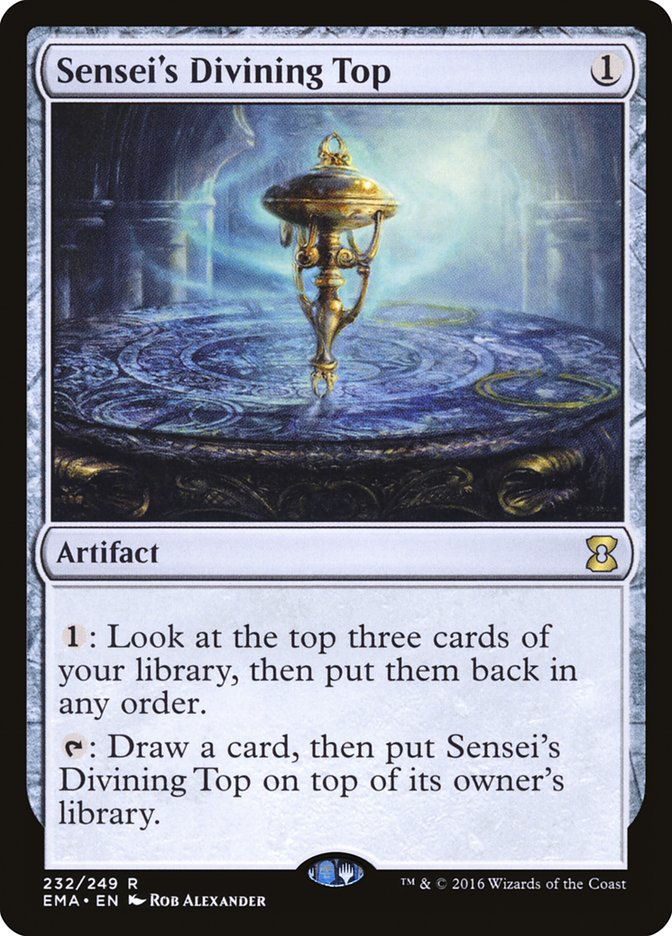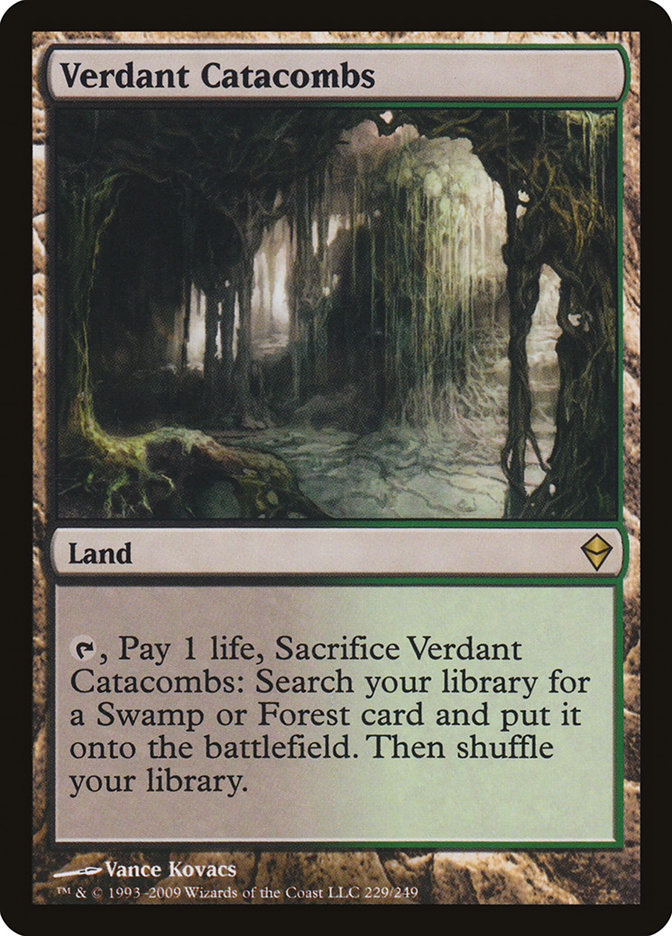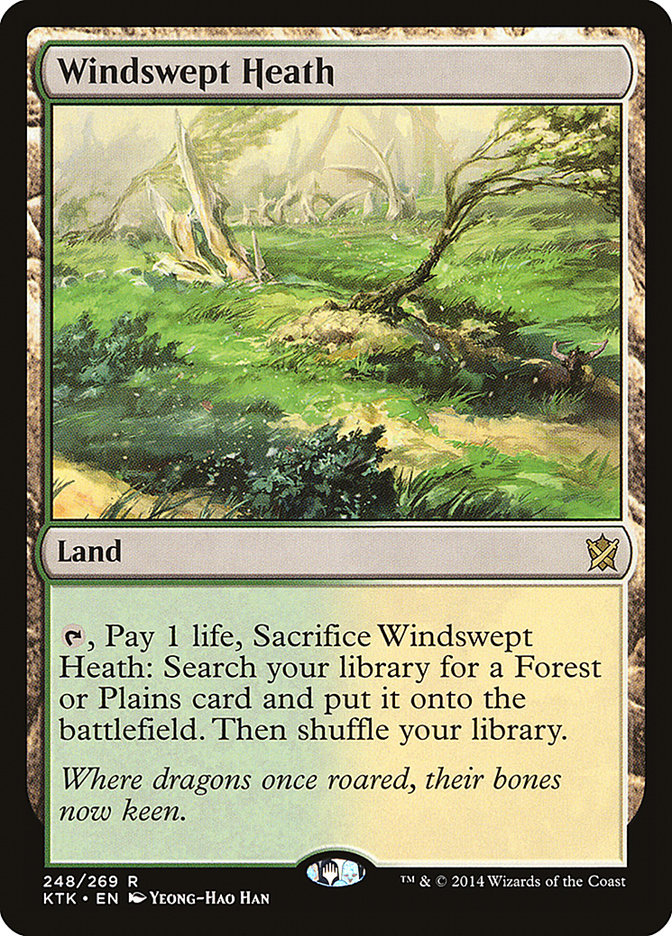With Standard’s June swoon in full force, we’re all facing tough decisions about what to do with our soon-to-rotate cards.
Sure, there’s a new set coming out in just over a month, and set rotation doesn’t even happen until September 30th—sixteen FNMs and eleven SCG Tour® events from now—but the market is already behaving like Dragons of Tarkir and Magic Origins are as good as gone. Even multi-format staples like Collected Company have begun to drop. Is it time to sell everything and spend the rest of the summer drafting Conspiracy?
Complicating matters, Magic Origins and Dragons of Tarkir are both full of great cards for Commander and Modern players. You don’t want to end up feeling like the sad sack who sold their Snapcaster Mages for eight bucks each when Innistrad rotated, or the chump who ditched all their original Eldrazi titans for pennies on the dollar after Rise of the Eldrazi. (I only committed one of these sins myself, and I’m still too ashamed to tell you which one.)
Today, we’re going to take a deeper look at what tends to happen with cards as they approach rotation. Which of your staples should you sell? What should you hold? Are there any buying opportunities? After that we’ll put our lessons to the test on the rares and mythics of Dragons of Tarkir and Magic Origins. Curious what Jace, Vryn’s Prodigy has in common with Clone Legion? Stick around.
Rotational Lessons
First we have to ask ourselves an important question: is it worth holding any cards through rotation? Khans of Tarkir rotated out of Standard on April 8th, and almost every card has dropped since then. All five fetchlands; Monastery Swiftspear; Anafenza, the Foremost; Siege Rhino; Dig Through Time; Sorin, Solemn Visitor…Casual and competitive alike, they’re all down. (Well, all but Clever Impersonator, which has actually seen a small increase in value over the past few months. We’ll get to cards like this a little bit later.)
If buying and selling Magic cards were more like the stock market, I’d tell you to sell everything from Dragons and Origins right now. It doesn’t work like that, though. Everything has a cost: time spent selling cards, fees, postage, time spend requiring cards, and the lost margin between the highest buy price and the lowest sell price.
The question, then, isn’t “will my Standard cards be worth less six months from now?” It’s “will they be worth so much less that it isn’t worth the hassle of selling and re-buying them later on?”
Let’s take Thoughtseize as an example. In July 2015, it was a $30 card.
These days, it retails for $19.99. Assuming you could have sold your playset of Thoughtseize for $30 per card and re-bought them at $20, you would have saved yourself a cool forty bucks. Note that the actual prices in these examples don’t matter here as much as the ratio between them; use whichever prices you’d like.
That’s a significant amount of money, but let’s assume you had to pay $3 for shipping, $3.60 for PayPal, $12 in final value/brokerage fees, and $4 in “labor” for the time cost in listing, shipping, re-buying, etc. Now your decision to sell Thoughtseize has gained you just $17.40. Selling was still probably the right move here, but it’s not as much of a no-brainer as it first seemed.
What about a playset of something less expensive?
Ashiok, Nightmare Weaver was $10-$12 last June. It’s $8.29 right now. Let’s call the difference in a playset about $10. Now, eBay/PayPal is going to take about $6 of that right off the top. Assuming you decide to take a risk and ship without insurance, you can probably get away without spending more than a buck on supplies and a stamp.
So—is your labor and the hassle worth more or less than $3 to you? This probably depends on how much buying and selling you are already doing. If you are constantly moving cards around, finding a way to list and ship another playset adds a negligible amount of work to your flow. If you rarely buy and sell cards, it might take you an hour or more to deal with it. Or you can just buylist the cards, which removes the selling hassle at the cost of leaving some money on the table.
I rarely buylist, but that doesn’t mean it isn’t a valuable tool in times like this. Stormbreath Dragon was about $12 last June, but it’s just $3 now. Even if the card’s buylist price was less than half of its retail value—$5, say—buylisting your cards would have been a better deal than holding onto them through rotation.
Taking all of this into consideration, I think it’s worth putting all rotating cards into the following categories. I’ll use Theros block cards as my examples, since we know exactly how they behaved in the year or so since rotation:
1) Expensive Standard staples that are unlikely to see much play in Modern (Stormbreath Dragon).
These should probably be moved, no matter how adverse you are to the process. Even buylisting them at a huge loss is better than holding onto them through rotation. These cards can almost assuredly be acquired for less later on.
Why doesn’t everyone do this? The place where most people mess up is in thinking that an expensive Standard card will keep its value because it’s good in Commander and has shown up in one or two third-tier Modern lists. These qualities might make a card an intriguing buy six months down the road, but the largest driver of a card’s value, by far, is Standard. Don’t assume that a card like Stormbreath Dragon, which is solid in Commander and has had nine Top 8 Modern finishes at SCG IQs and such over the past few months, can sustain more than a quarter of its Standard-legal price tag.
2) Expensive Standard staples that will see significant play in Modern (Thoughtseize).
You can hold onto these if you play a lot of Modern or you don’t want to go through the hassle of selling and re-acquiring them. You will probably save a little money moving on from them now and re-buying later, but you have to actually commit to the re-buy. Otherwise, you might find yourself looking at a crazy price tag later and wonder why you sold your staples in the first place.
It can sometimes be tempting to buy cards in this category as they approach rotation. For example, Eidolon of the Great Revel actually gained $3-$4 in value as the summer went on last year because nobody wanted to be without their set for Modern. Ditto Keranos, God of Storms.
This is a risky move, though, and there just isn’t a large enough sample size of data to know whether it’s a good idea or not. Eidolon of the Great Revel is currently cheaper than it was last June. Keranos is more expensive. In general, I’d err on the side of selling rares and holding mythics. The difference in the number of each that’s printed can matter a lot when it comes to a smaller player base like Modern’s.
3) Cheap Standard cards that are unlikely to see play in Modern (Hero’s Downfall).
Unlike the expensive cards, you aren’t likely to get a very high buylist offer for these and selling them anywhere can prove difficult. Your best bet is to try to trade them at a discount down at your local shop. Of course, most Magic players are savvy enough to know this already. Be as aggressive as you can be without being annoying in moving these cards. You need to be okay with the fact that everyone rides a few of these cards down into oblivion every time Standard rotates, though.
4) Cheap Standard cards that might see play in Modern (Master of Waves).
These cards are almost always worth keeping. You aren’t getting much for them anyway, so why not throw them in a box and forget about them for a while? Some of these cards will pay huge dividends in two or three years. Some won’t. Save ’em all and worry about it later.
5) Every mythic rare that doesn’t see play in Standard (Clever Impersonator).
This is an important category. These cards can run from the bulk mythics (Worst Fears) to double-digit Commander staples (Athreos, God of Passage). These cards rarely drop after rotation, since Standard legality wasn’t affecting their price to begin with. A couple of them will eventually break out in Modern, and many will rise in price thanks to Commander and kitchen table play. And since they’re mythic rares, the upside can be quite high. Not only should you be keeping these cards, you should be actively trading for them if you’re a long term spec kind of person (like me!)
6) Popular Commander rares that don’t see play in Standard (Dictate of Erebos).
Unlike casual mythics, you have to pick and choose here. Cards that are popular thanks to Casual and kitchen table Standard decks (Battlefield Thaumaturge, say) don’t tend to do as well as cards that are great in Commander. It’s also worth noting that the upside here isn’t as high as with the mythics. These cards tend to max out at a dollar or a buck-fifty, though, so you really can’t lose by keeping them.
Categorizing Dragons of Tarkir and Magic Origins
Now that we have our categories, let’s see if we can figure out where all the cards in Dragons of Tarkir and Magic Origins belong. When it comes to Modern, I’m going to base my playability judgments on searches in the Star City Games Deck Database. Theoretical “this might see some play in Modern” calls don’t do anyone any good. Give me some hard, empirical data any day.
Expensive Standard staples that are unlikely to see much play in Modern:
Of the eight cards here, Dragonlord Ojutai is the most likely to make the jump to Modern. It seems some fringe play at the moment, but that isn’t enough to maintain a $15 price tag. I like all of the Elder Dragons as long-term Casual holds, but these two should be much cheaper six months from now.
Kytheon, Hero of Akros and Secure the Wastes see some Modern play as well, but they both seem a little outclassed in general. I actually like all of these cards as long-term Casual holds, but you should be able to buy in at between one-third and one-quarter of current retail at some point this autumn.
Expensive Standard staples that will see play in Modern:
These are the six cards most likely to agonize people over the next couple of weeks. The first four cards on this list are the best and see the most Modern play by a wide margin. As with Thoughtseize, selling now and buying in later is fine if you’re okay dealing with the hassle in exchange for a small payday. If you play a lot of Modern and you just don’t want to bother, though, keeping these cards through rotation is a perfectly acceptable alternative.
The last two, Liliana and Nissa, are fringier calls. They’ve shown up in multiple Modern decks but aren’t exactly staples of the format at the moment. I’d be more likely to sell these and buy back later, but it’s worth noting that the better flip-walkers weren’t dropping all that much, even when they weren’t seeing a lot of Standard play. This cycle is very popular with Casual players and shouldn’t lose more than half their current value. If you play (or plan to play) these cards in Modern, I’d be more likely to hold.
Cheap Standard cards that are unlikely to see play in Modern:
Some of these cards are oozing with long-term Casual and Commander potential. Den Protector; Sidisi, Undead Vizier; and Shaman of Forgotten Ways are my favorites and I understand if you don’t want to sell them. Right now, their value is still being propped up by Standard to a large degree, though. Much like the cards on the previous list, I can’t begrudge anyone for wanting to keep their copies. Everyone else should sell now and consider re-buying in November or December.
Cheap Standard cards that should see play in Modern:
All of these cards see enough play in Modern (or Vintage and Legacy, in the case of Dark Petition) for me to be intrigued about their future potential. They’re not all created equal, though; Pia and Kiran Nalaar sees a lot more play than Goblin Piledriver, for example. That said, I’d rather just hold all of these cards for the time being and worry about them in a year or two.
Some of these cards seem like pretty good buys right now, too. Anafenza, Kin-Tree Spirit and Evolutionary Leap are fantastic Casual cards that are also solid in Modern. I’d love to grab a playset or two of these for the long haul.
Every mythic rare that doesn’t see play in Standard:
There are a couple of small cheats here. The Great Aurora and Day’s Undoing have both seen some play recently, but these decks haven’t affected their value too much.
When it comes to long-term Casual mythic rares, I tend to like spells (especially expensive spells) over creatures. Alhammarret’s Archive, Clone Legion, Day’s Undoing, Demonic Pact, Descent of the Dragons, Starfield of Nyx, and The Great Aurora are all strong buys. You should start thinking about acquiring cards on this list sooner rather than later if you are a Casual speculator.
Popular Commander rares:
This list is short because many of the best Casual cards in these two sets—Den Protector; Anafenza, Kin-Tree Spirit; Sidisi, Undead Vizier—ended up seeing enough play in Standard to affect their prices. These three cards didn’t, but they are still in high demand thanks to Commander players. Pick up a set or two of each now; they are unlikely to get any cheaper from here.
This Week’s Trends
The biggest topic of discussion last week, by far, was the impending release of Eternal Masters. Early on, there were rumblings from LGS owners that their allocation of Eternal Masters boxes was bigger than expected. Indeed, many stores got almost twice as many boxes as they’d thought and many people on Eternal Masters waiting lists or in shop lotteries were pleasantly surprised.
On Friday, however, many shop owners reported to me that they were only able to re-order two boxes (not cases) of the set—down significantly from Modern Masters 2015 and more in line with the initial Modern Masters set. This is similar to what WotC had said would happen with the print run for this set, so I doubt too many more boxes will be distributed. Since there is no launch Grand Prix for this set, expect the overall print run to be less than either Modern Masters expansion.
What does this mean for you? It means that singles and box prices are likely to drop quickly (more initial supply than expected) before, potentially, climbing back up again just as quickly (lack of continued distribution). If you want to buy a box or some singles, get them this week or next. I’ll try to keep an eye on the distribution numbers going forward and keep you updated.
I haven’t noticed any significant gains in Modern this week, though most of the fetchlands are up slightly. I expect this has more to do with Eternal Masters hype; people trying to finish their sets for Legacy play. The fact that the Revised dual lands and Bridge from Below are also up a bit this week seems to confirm this theory. I’d expect all of these cards to keep gaining a little over the next couple of weeks as most of the Eternal Masters boxes are opened.
As discussed above, the Standard index continues to drop. At some point soon, though, it might be time to start looking for cards that could spike during Eldritch Moon spoiler season.
My favorite targets? All those R/B aggro cards that didn’t quite get there in Shadows over Innistrad. Even if you don’t think R/B Vampires will ever be a thing, what are the odds that some new and exciting rare will cause Olivia, Mobilized for War to spike again as people start dreaming about that deck’s viability going forward? I think the odds are pretty high. With Olivia down to just $5.99, I’m in for a playset.



